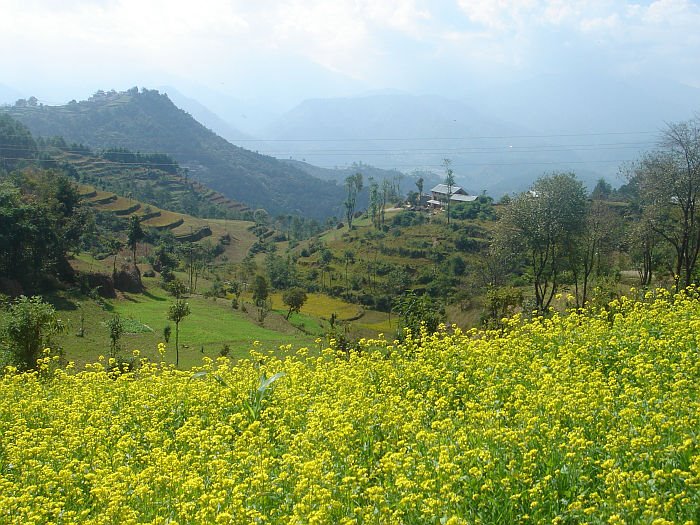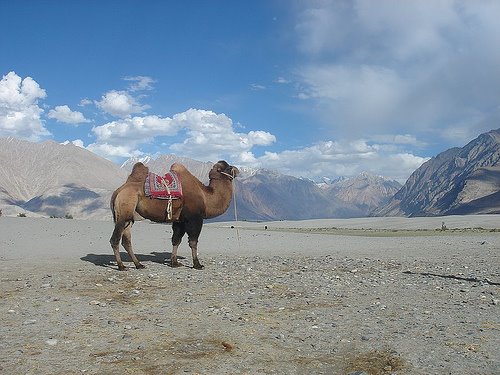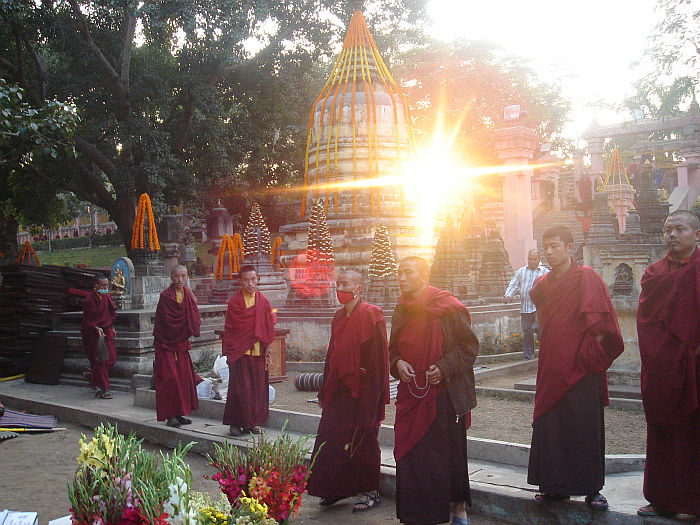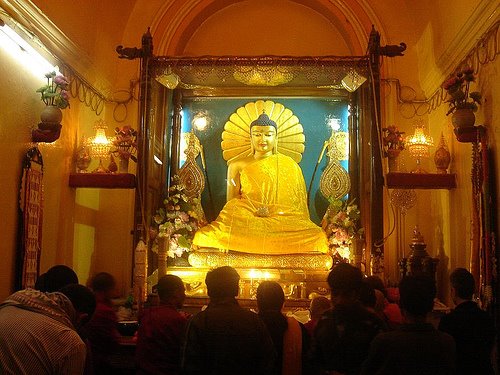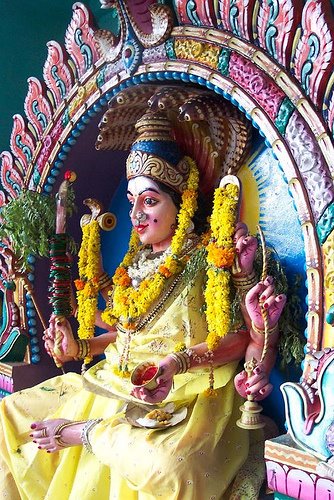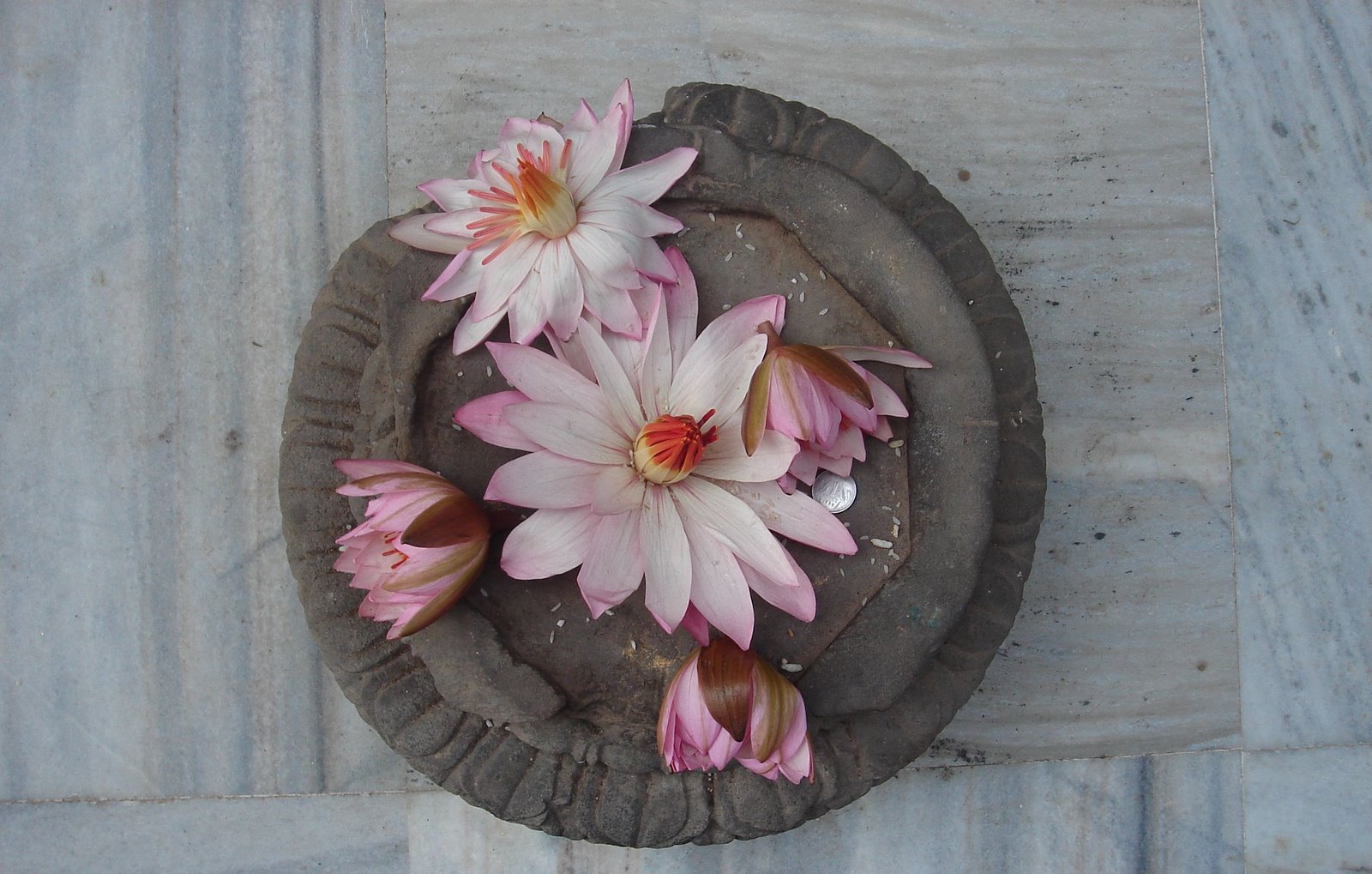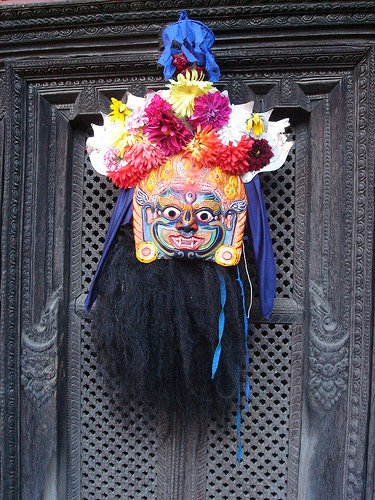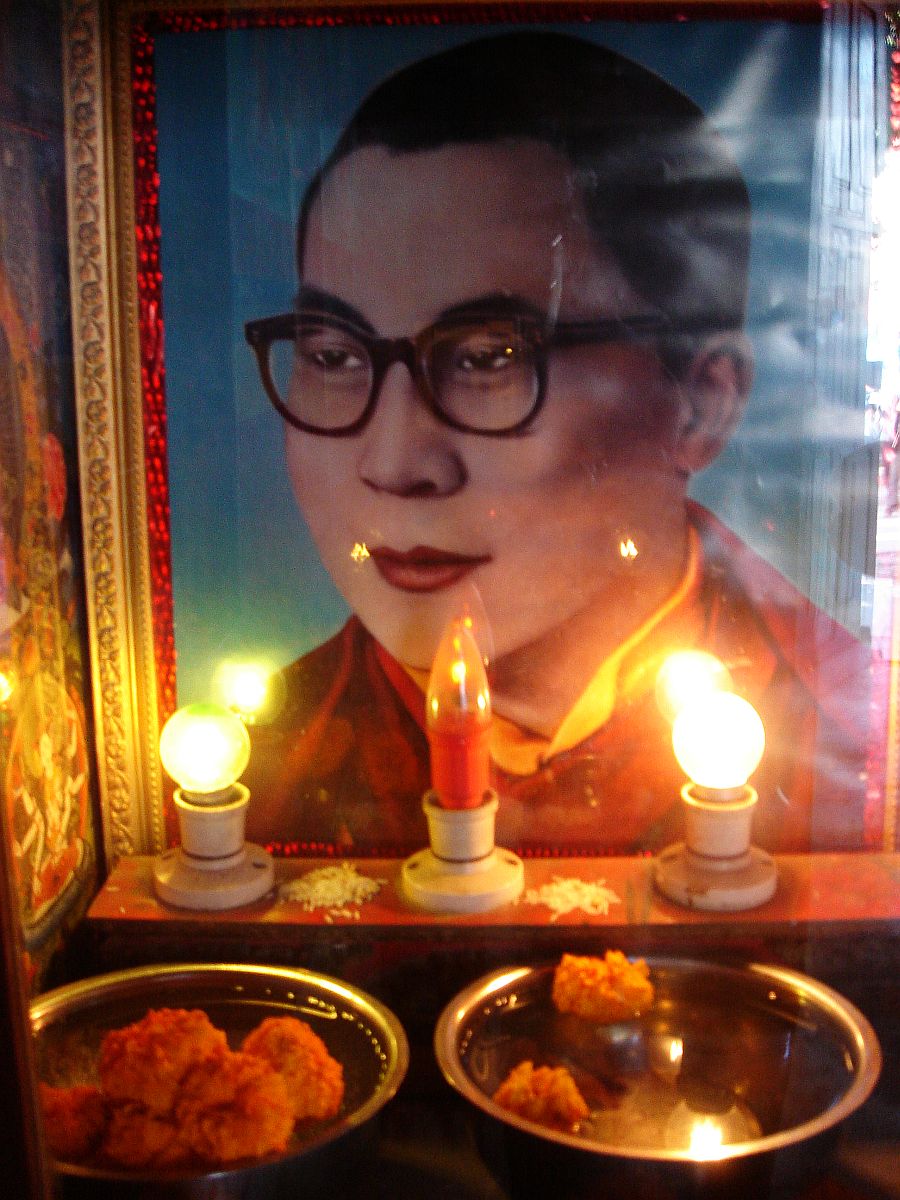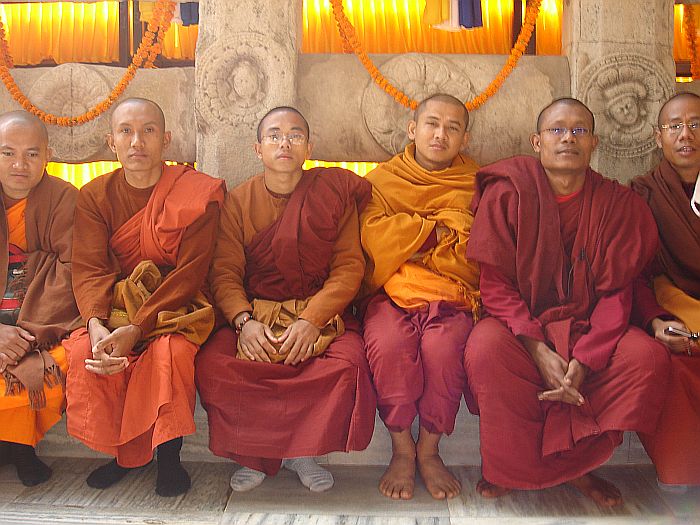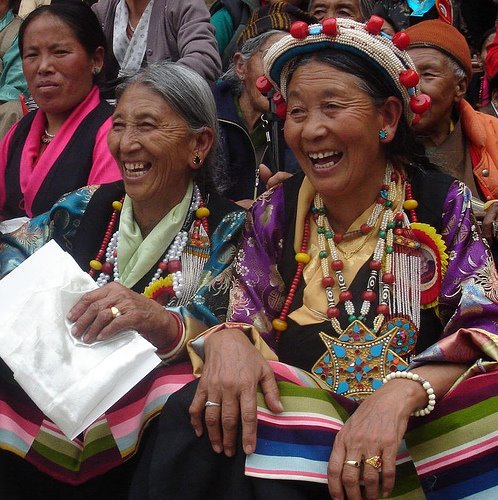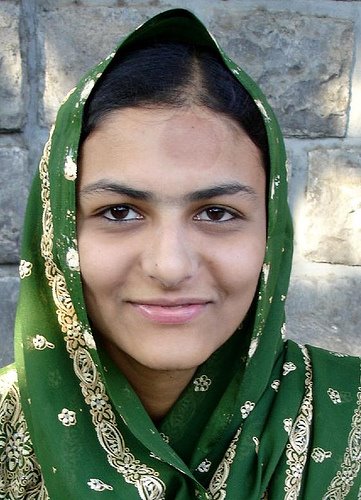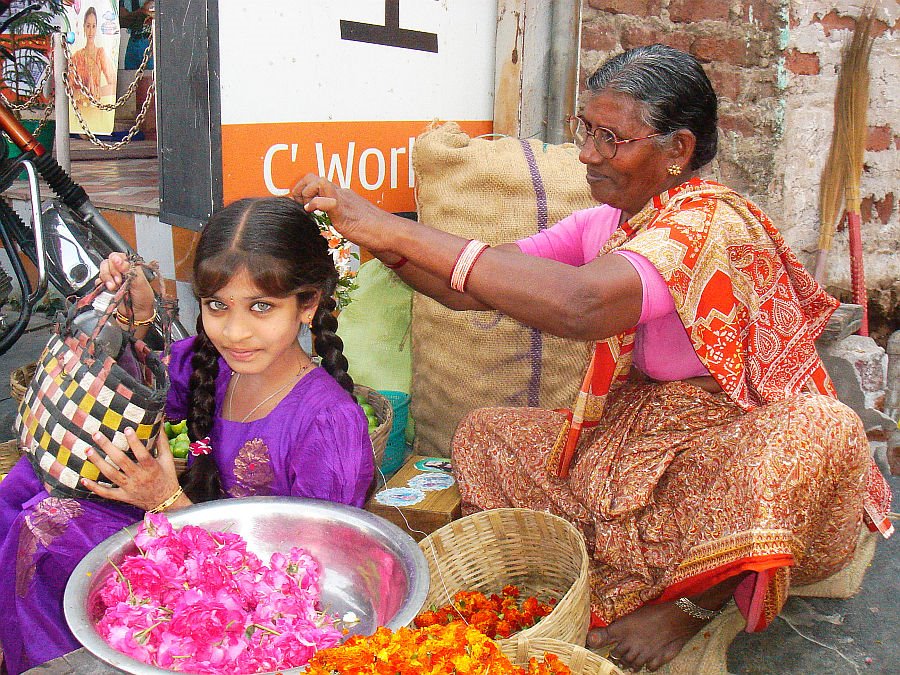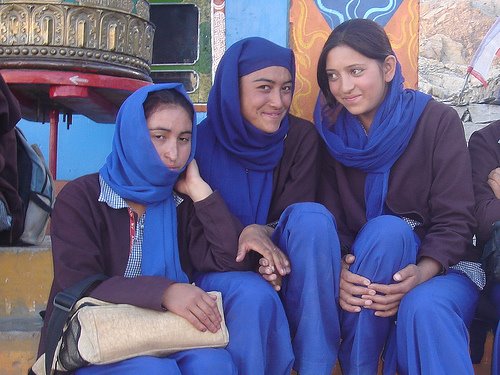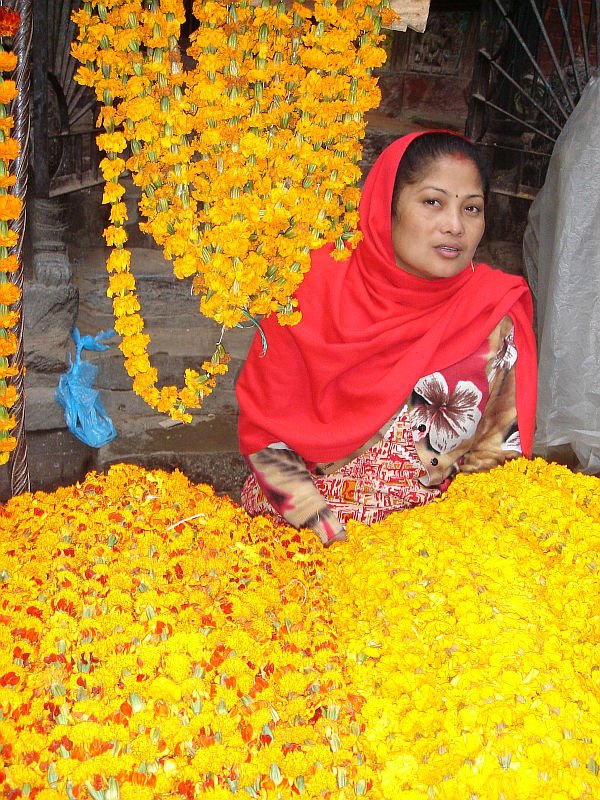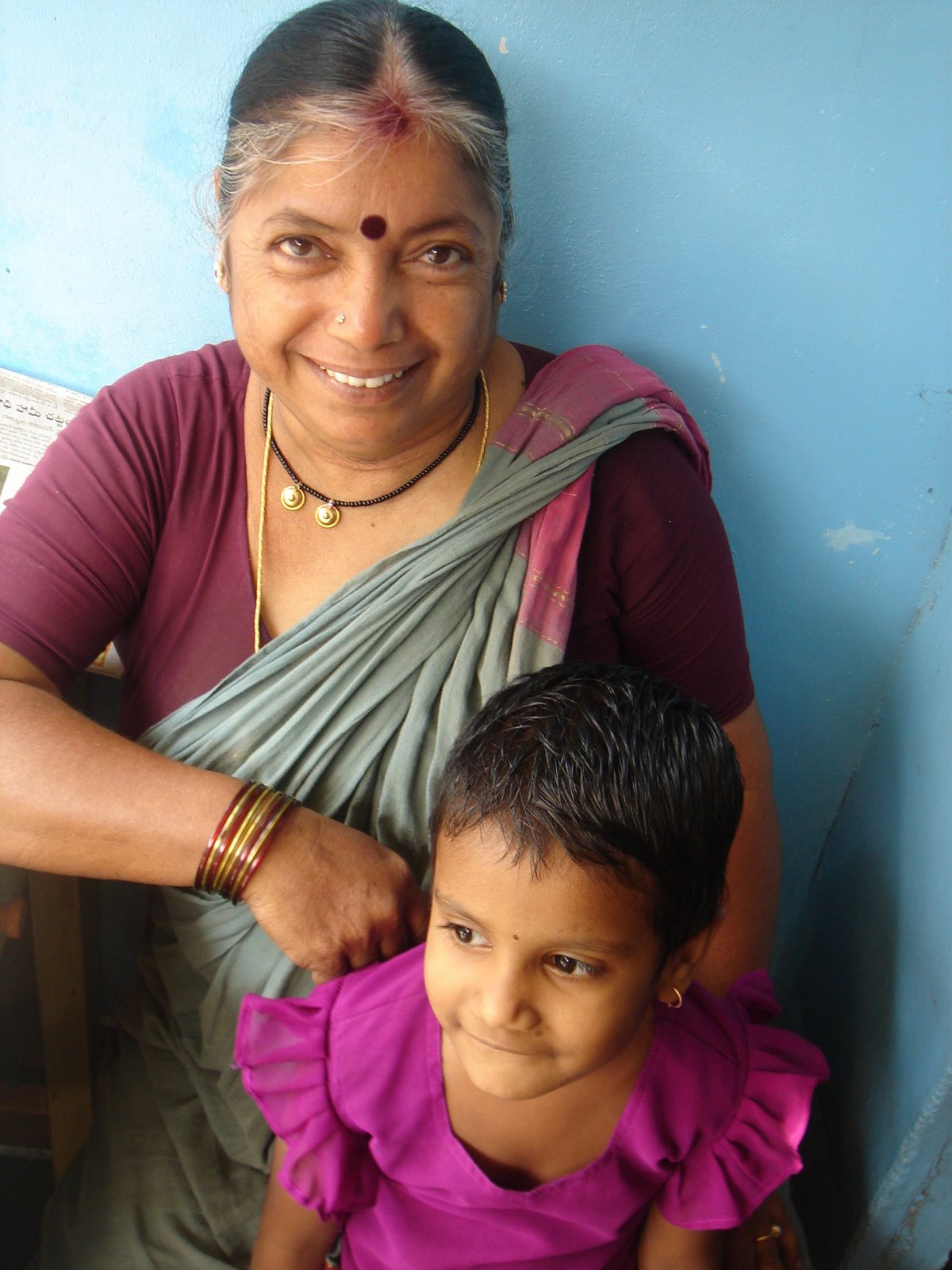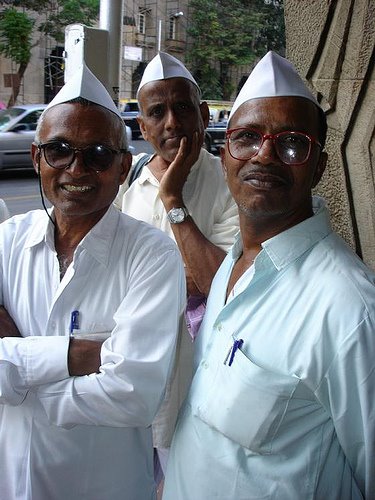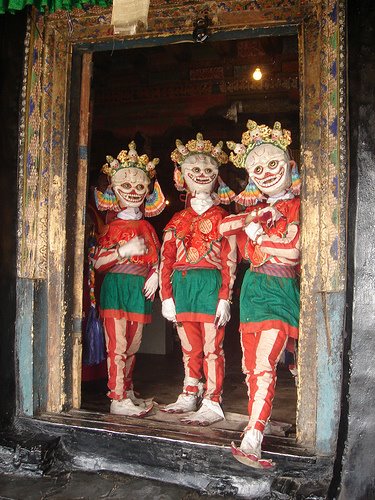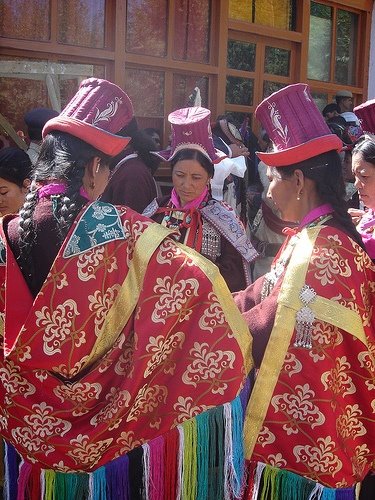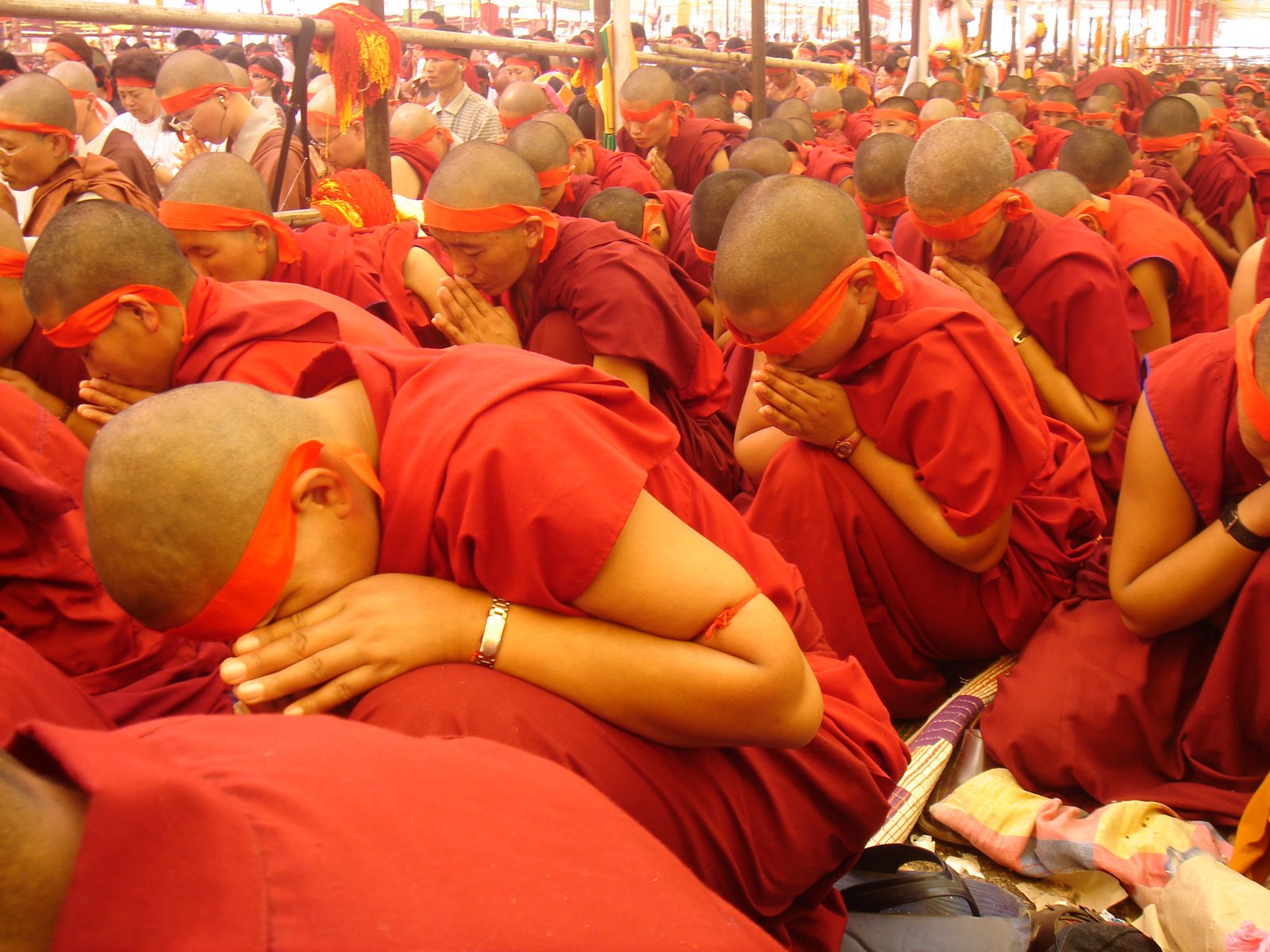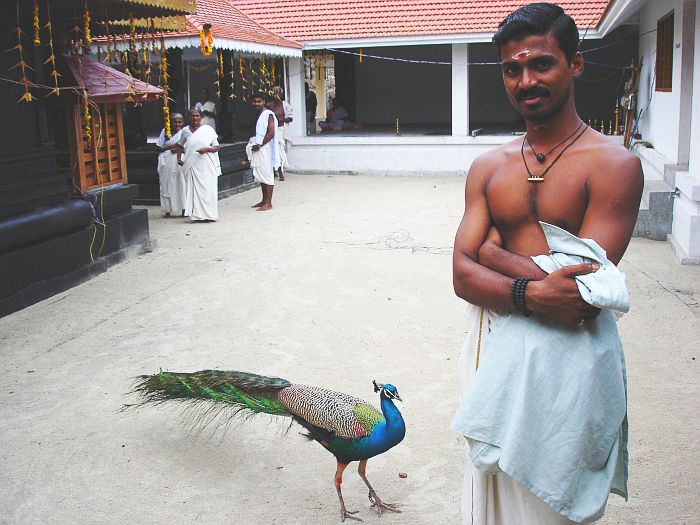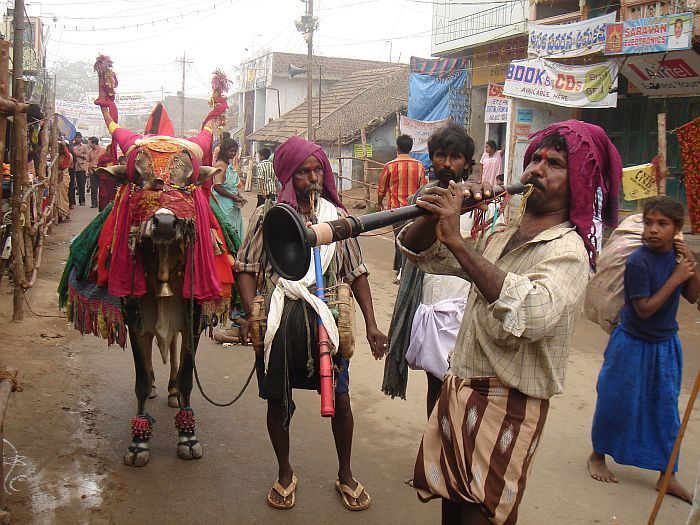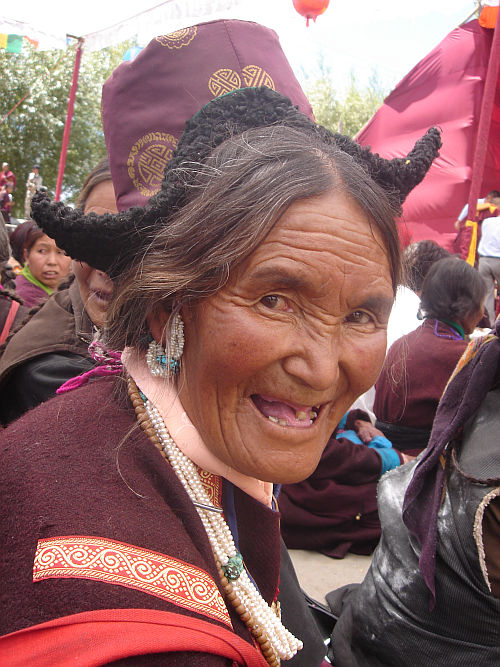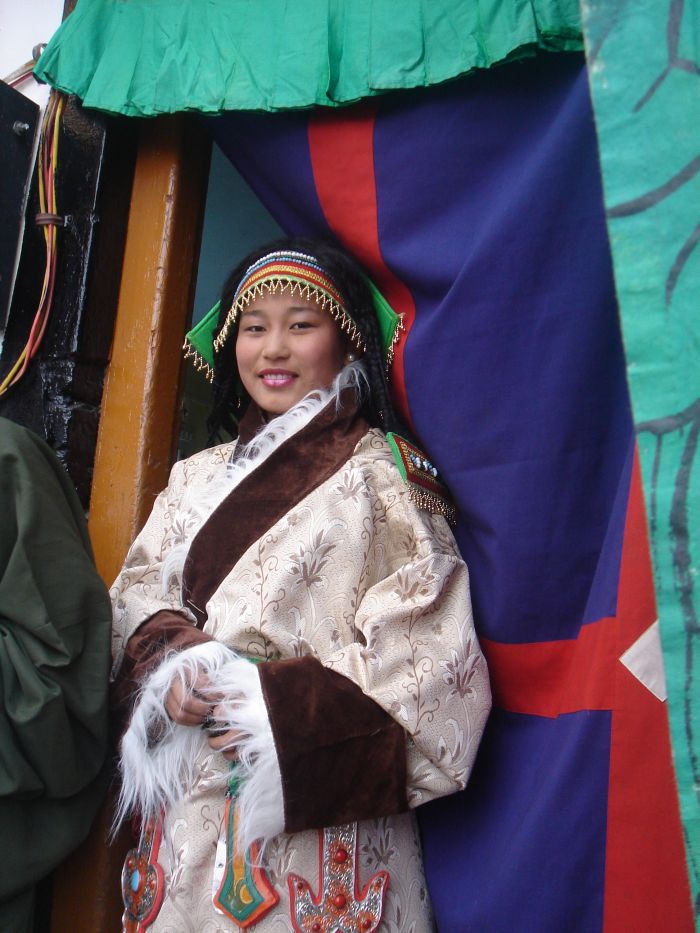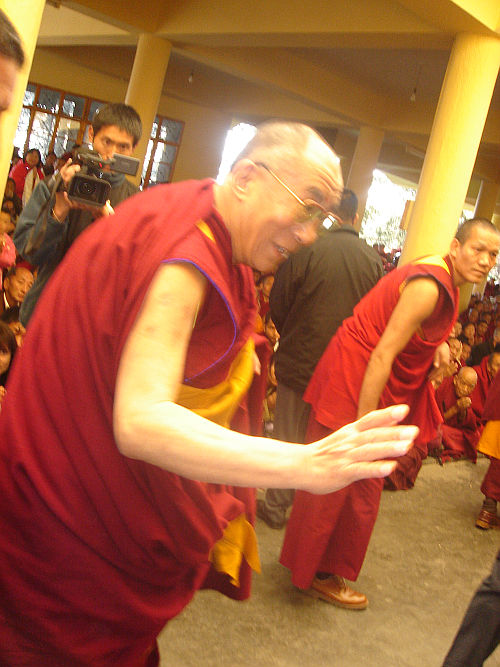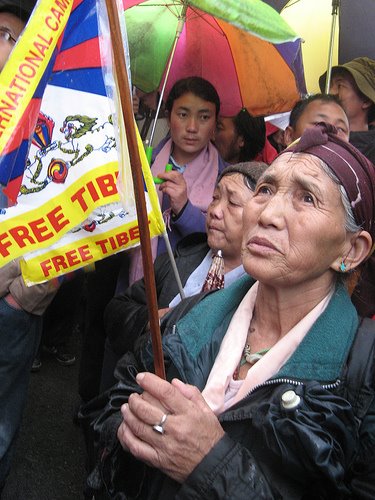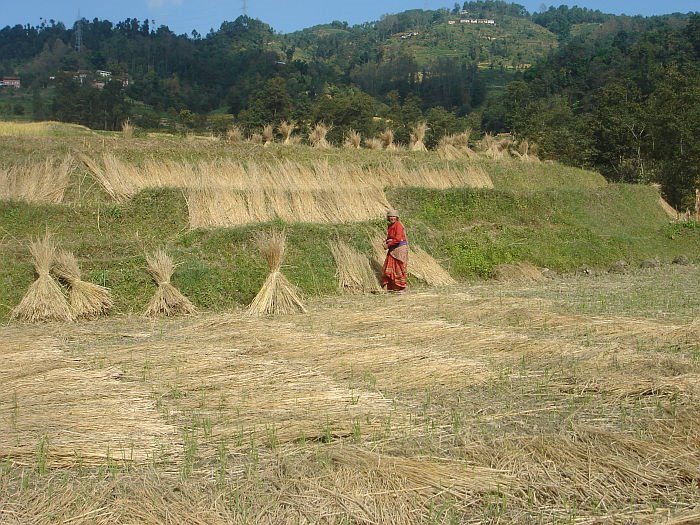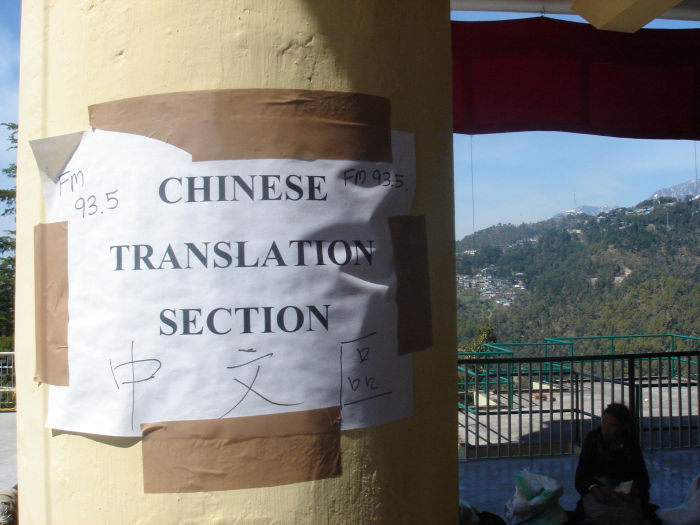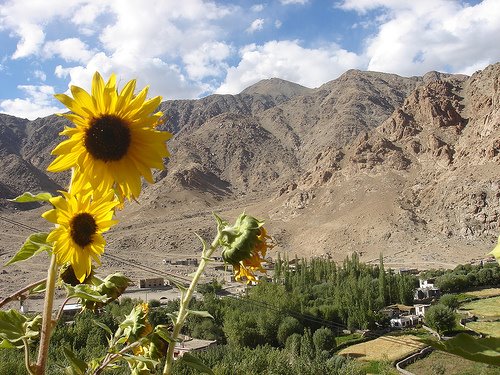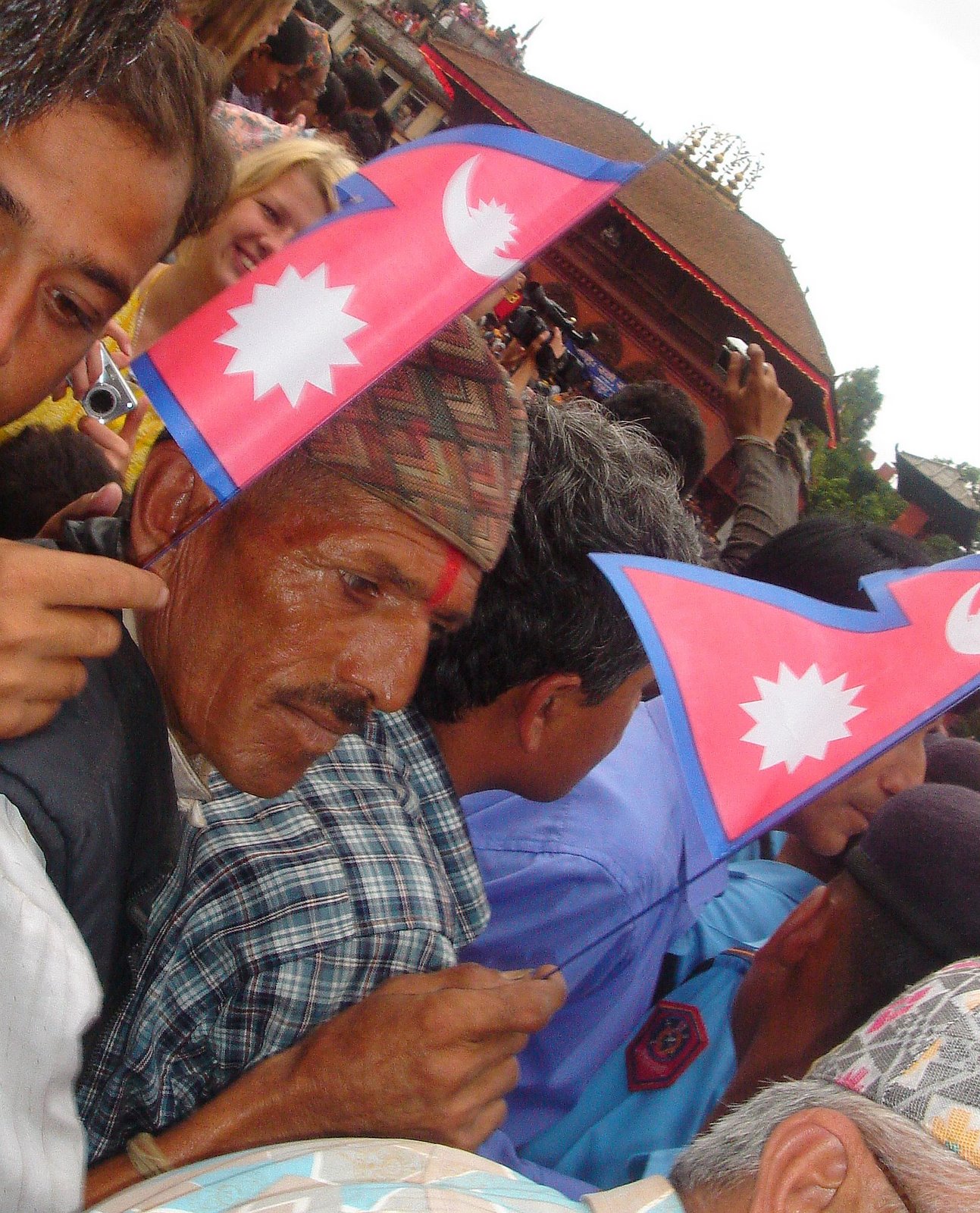Kathmandu
Everything's so mellow now here, now that "season" is over.
 Unseasonable rains, perhaps a hangover from Cyclone Nargis, have made what's normally pre-monsoon mugginess quite cool and breezy. All the high-energy level goal-oriented tourists are gone (gotta cross alllll these things off our list so we can say we've done them all!). Now there are more long-termers ("I dunno, just thought I'd see the country, experience it, you know...."), NGO workers, doctoral students and English teachers. Actually they were always here, but now you can see them.
Unseasonable rains, perhaps a hangover from Cyclone Nargis, have made what's normally pre-monsoon mugginess quite cool and breezy. All the high-energy level goal-oriented tourists are gone (gotta cross alllll these things off our list so we can say we've done them all!). Now there are more long-termers ("I dunno, just thought I'd see the country, experience it, you know...."), NGO workers, doctoral students and English teachers. Actually they were always here, but now you can see them.Looking Kathmandu
"Great, I'll see you at 11," I told my friend Shanda, whom I hadn't seen since an ashram in India, where we were all chastely attired in white sannyasi gear. "But I have to warn you - I'm looking verrrry Kathmandu."
In this case, Looking Kathmandu meant I was wearing a screen-printed hand-dyed t-shirt blouse with hippy bell-sleeves and a flaming Yin Yang symbol on it, a day pack made of Guatemala woven fibres, and some long dangly scarf thing from my hair. Kathmandu had finally gotten to me.
People who go to India hoping to relive the 60's are about 20 years too late. The place to come is Nepal, specifically Kathmandu. It's one of the last places on earth you can still live in a guest house for as little as $1.50 a day, or if you should choose, wear tie-dye, dreadlocks and bikini tops without causing scandal or harassment, and without the sneering judgmental stares that is so much a part of foreign tourists' India experience. (Before anyone gets huffy, I take surveys. It's unanimous.)
(I can always tell when a woman has just come from India - she's still wearing the full punjabi suit and chunni. And I can always tell when someone hasn't been to India yet - they are still wearing spaghetti-strap tops and short skirts.)
At one point this winter, hashish (nominally "illegal") was more readily available than gasoline or electricity. Countless embroidery shops on Freak Street still churn out designs of the Freak Brothers, magic mushrooms and marijuana leaf logos. Multi-headed, many-armed Buddhist and Hindu god icons in shop windows merge seamlessly with posters of vintage psychedelia. And the ultra-specialist Bong Shop on Bhagavati Bahal is *not* a place run by Bangladeshis.
Other major Asian cities have been taken over by Hindi film music, techno and hip-hop sounds. That won't get you far in Kathmandu, where "Born to be Wild," "Purple Haze" and "Break On Through" blare from every bar in Thamel.
Oh, we also have demonstrators - lots of them - and a confrontational police force.
Yes, the dream lives on....at least the consumable, marketable elements of the dream with occasional flashes of utopian idealism, before the stick comes down.
Back in the real world
Back in the other Kathmandu (the newly politicized city where it still takes 10 days to get 5 days' work done) , it's surprisingly mellow, too. Following the
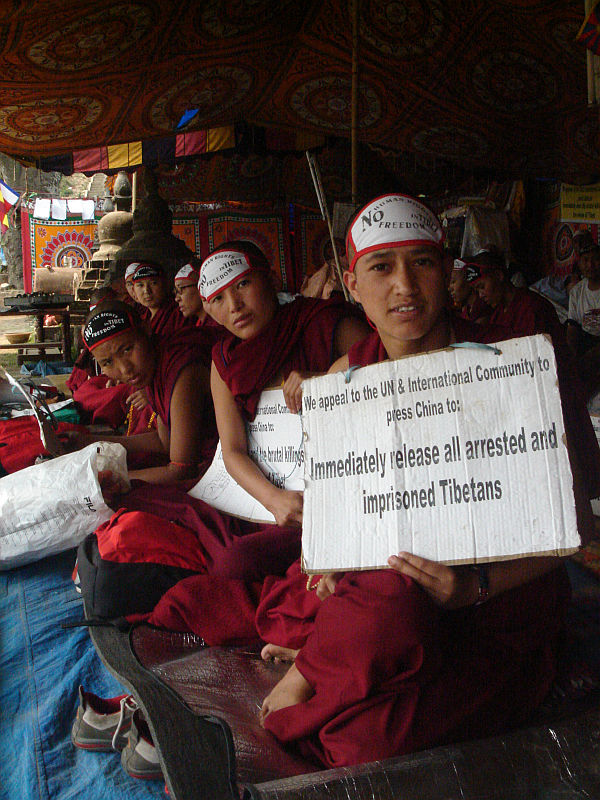 earthquake in Sichuan Province (China/Tibet), the Tibetan government has asked all protestors to refrain from demonstrating for at least the coming week, in deference to the quake victims. However, the hunger strikers continue at Swayambhu. Here's a photo of some of the Kopan nuns taking their turn (they are on 24 hour rotating shifts).
earthquake in Sichuan Province (China/Tibet), the Tibetan government has asked all protestors to refrain from demonstrating for at least the coming week, in deference to the quake victims. However, the hunger strikers continue at Swayambhu. Here's a photo of some of the Kopan nuns taking their turn (they are on 24 hour rotating shifts).The International Herald Tribune ran an article declaring the "Chinese" earthquake has overnight turned the Chinese oppressors into victims and put a damper on the Tibetan voices of protest. What most people don't seem to realize is that Qiang prefecture/Sichuan province is part of northeastern Tibet, and thousands of Tibetans were also affected by the situation.
Equally disconcerting is the thinly disguised glee with which people are pronouncing the Beijing Olympics "safe" ("Earthquake mutes Tibetan voices").
All the same problems of inequity pre-existing in these areas of Chinese Tibet will extend to the post-quake situation (unequal access to resources, Han favouritism and so on).
Here is the statement from Students for a Free Tibet Delhi on the situation.
It is encouraging to see the incredible rescue efforts and increasingly open media reporting taking place in China, but we have heard almost no information about relief efforts in the affected Tibetan areas. However, on the day the earthquake struck, the regional government issued an urgent official document entitled “Combining work on anti-separatism and safeguarding stability with disaster relief work.” Considering the Chinese government's history of systematic oppression and disenfranchisement of Tibetans, we are gravely concerned that Tibetans impacted by the disaster will not receive equal consideration and assistance
----------------
Now playing: War - Low Rider
via FoxyTunes
